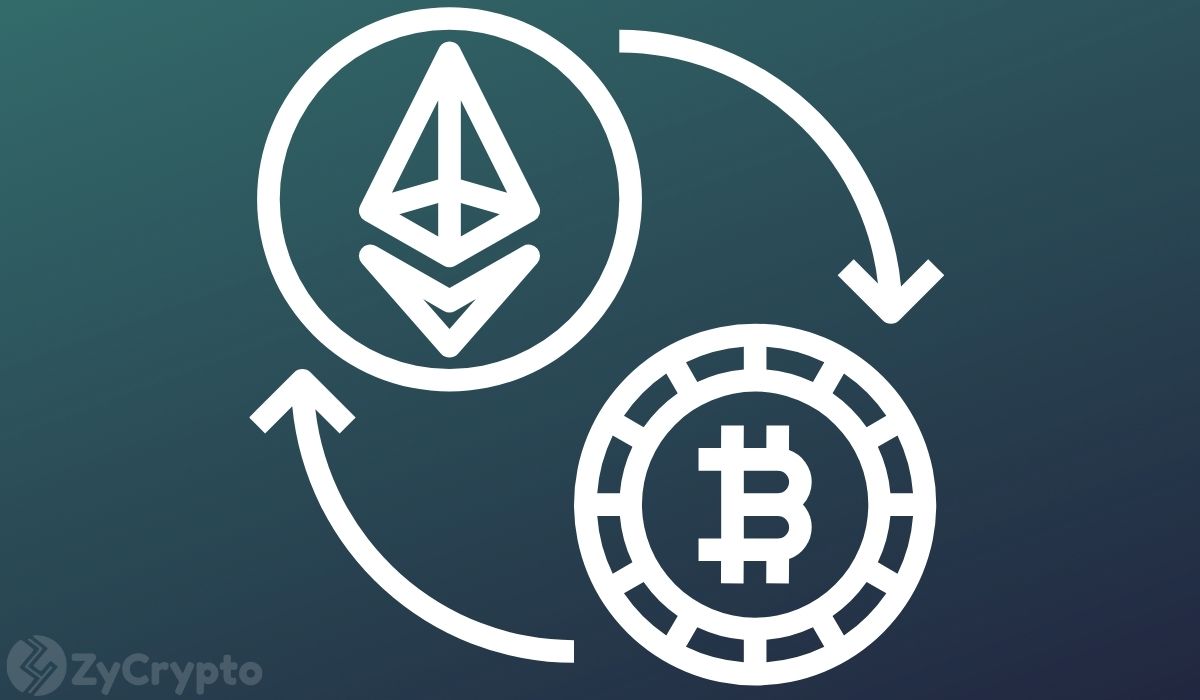In a recent statement, the Governor of the Reserve Bank of India (RBI) underscored the intrinsic complexity of financial regulation, asserting its critical role in safeguarding systemic stability across the global economy. This high-level commentary, delivered amidst a period of intensified scrutiny and evolving frameworks for digital assets worldwide, resonates deeply within the crypto-financial sphere. As regulators continue to grapple with the unique challenges posed by blockchain technology and cryptocurrencies, understanding the foundational philosophy behind traditional financial oversight becomes paramount for anticipating future directions and ensuring resilient market growth.
The Mandate of Stability: A Global Perspective
The RBI Governor’s remarks emphasize that financial regulation, by its very nature, must be more intricate than in other sectors because it acts as the primary bulwark against systemic risks. Unlike product safety or environmental compliance, financial stability directly impacts national economies, public trust, and social welfare. This perspective is not unique to India but reflects a consensus among central banks and international bodies, particularly following the financial crises of the past two decades and, more recently, the significant market dislocations observed in the digital asset space during 2022 and 2023. These events starkly highlighted the need for robust oversight, even in nascent markets.
- Prevention of Contagion: Complex regulations aim to prevent localized failures from cascading into broader systemic crises.
- Investor Protection: Safeguarding retail and institutional investors from fraud, manipulation, and insolvency remains a core objective.
- Market Integrity: Ensuring fair, transparent, and orderly markets is crucial for sustained economic activity.
- Cross-Border Coordination: The interconnectedness of global finance demands intricate frameworks that can adapt to international flows and diverse jurisdictions.
Digital Assets: A New Layer of Complexity
The rise of digital assets has introduced unprecedented layers of complexity to an already intricate regulatory landscape. Concepts such as decentralization, pseudonymous transactions, global accessibility, and novel asset classes (e.g., DeFi protocols, NFTs, stablecoins) challenge existing legal definitions and supervisory tools. Regulators worldwide are engaged in a delicate balancing act: how to harness the innovation and efficiency offered by blockchain technology while mitigating its inherent risks to financial stability and consumer protection.
For instance, the ongoing debates around comprehensive stablecoin regulation, the integration of tokenized real-world assets (RWAs) into traditional finance, and the jurisdictional clarity for decentralized autonomous organizations (DAOs) are direct consequences of this complexity. Policy makers are forced to consider whether existing laws can be adapted, or if entirely new frameworks are necessary, a process that is inherently slow and methodical to avoid unintended consequences.
Implications for the Crypto Ecosystem
The persistent emphasis on regulatory complexity by key financial authorities suggests several implications for the digital asset ecosystem as we move through late 2025 and beyond:
- Increased Compliance Burden: Centralized entities operating within the crypto space (exchanges, custodians, fund managers) will likely face higher compliance costs and stricter operational standards as global frameworks mature.
- Slower Institutional Adoption: While institutions are increasingly keen on digital assets, the pace of their full integration into traditional portfolios may remain constrained by regulatory uncertainty and the need for clear, harmonized global guidelines.
- Focus on Regulated Innovations: Initiatives like regulated stablecoins, tokenized securities, and institutional-grade DeFi solutions built on robust compliance frameworks are likely to gain further traction, offering a clearer path for mainstream adoption.
- Jurisdictional Divergence: Despite calls for global coordination, differences in national approaches to regulating digital assets may persist, leading to continued challenges for cross-border operations and potential regulatory arbitrage.
Conclusion
The RBI Governor’s recent commentary serves as a timely reminder that financial regulation is an evolving, complex domain, fundamentally tasked with preserving systemic stability. For the digital asset industry, this means navigating an environment where innovation must increasingly align with stringent oversight. While this complexity can be a hurdle for rapid development, it ultimately aims to build a more secure, resilient, and trustworthy financial future that can ultimately accommodate the transformative potential of blockchain technology. The onus is on both regulators and innovators to collaborate in constructing frameworks that embrace this complexity without stifling progress.
The post RBI Governor Highlights Inherent Complexity of Financial Regulation: Implications for Digital Assets appeared first on FXcrypto News.



















.jpg)

 24h Most Popular
24h Most Popular



 Utilities
Utilities